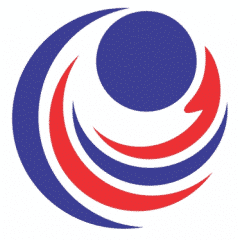Surgery of the Skull Base: Risk factors, Diagnosis, and Treatment
The surgery of skull base is a complex surgery performed by a neurosurgeon along with either an ophthalmologist, head and neck surgeon, otolaryngologist, plastic surgeon or oral and maxillofacial surgeon. This surgery is mainly used either to remove or repair any abnormalities beneath the brain on the bony surface of the skull base.
The surgery is either approached through either the traditional way or craniotomy, by opening the skull, or through the minimally invasive way by operating through the nostrils and mouth with the help of an endoscope. This procedure is known as transsphenoidal surgery.
When is the procedure performed
Skull base surgery is an option only when all the conservative treatments fail, and surgery is only the primary treatment. The procedure is useful under the following conditions:
- Tumour in skull base
- Aneurysm
- Brain abscess
- Inflammation of the trigeminal nerve
- Hematoma
- Hydrocephalus
- Arteriovenous malformation
Preoperative care
- The patient must tell the doctor about the medicines including the medicinal herbs and nutritional supplements.
- Let your doctor be aware of any allergies that you are having
- Do not wear any valuables when you go for surgery
- Do not eat food at least eight before the surgery.
- Get your pre-surgery tests done and consult the doctor with the reports.
- Manage your blood pressure within the physiological range.
- Do not get stressed before the surgery.
What to expect during the surgery?
The surgery can either be a craniotomy or transsphenoidal surgery.
- In the case of craniotomy: The surgeon makes an incision in the skull base near the site of anomaly followed by temporarily removing the bone flap which is replaced properly after the surgery. Enough care should be taken while removing the bone so that the neighboring structure is not damaged.
The doctor further exposes the brain by making an incision on the dura mater. Once the brain is exposed the doctor carefully does the surgery which is basically microscopic surgery.
After the surgery, the doctor sutures the dura matter and closes the bony flap with titanium plates and screws and finally sutures the incision on the scalp.
- Transsphenoidal surgery: In Transsphenoidal surgery, an endoscope is inserted through one of the nostrils in the brain through the opening of the sphenoidal sinus that is behind the nasal cavity. The endoscope provides enough light and magnification for the surgeon to perform the surgery. After the surgery is finished the doctor sutures any opening that was made during the surgery.
Post-operative care
- The patient is discharged after 3-4 days post-operation.
- The patient is given pain killers to relieve pain. In patients who have undergone craniotomy, other medicines are used to control seizures too.
- Patients who have undergone craniotomy are advised not to indulge in any physical activity for at least one month after the operation, however, walking short distance is encouraged if the patient feels like. In transsphenoidal surgery, the patient can resume light exercise after two weeks.
https://www.nirujahealthtech.com/10642-2/
